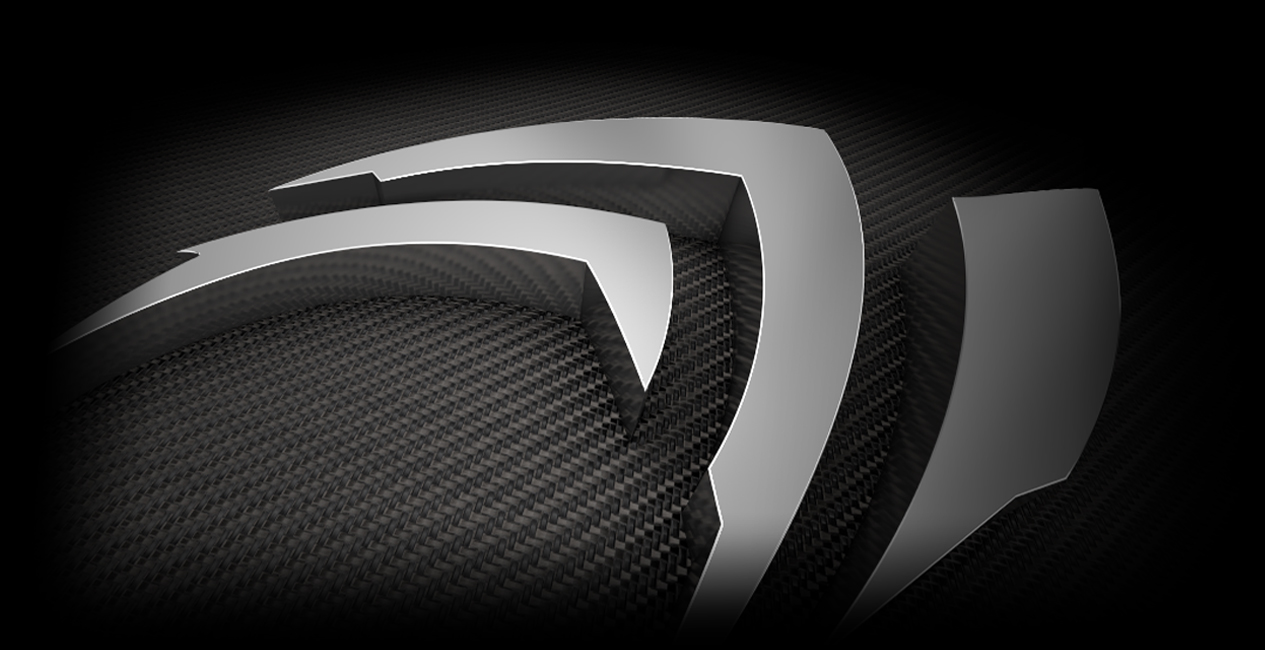 Nangang 4F M419
Nangang 4F M419  Nangang 4F L1032
Nangang 4F L1032  Nangang 4F L407
Nangang 4F L407  Nangang 4F M620
Nangang 4F M620  Nangang 4F N606
Nangang 4F N606  Nangang 4F L1026
Nangang 4F L1026  Nangang 4F L1018
Nangang 4F L1018  Nangang 6F 609
Nangang 6F 609  Nangang 4F L607
Nangang 4F L607  Nangang 4F L108
Nangang 4F L108  Nangang 4F M435
Nangang 4F M435  Hall1 D315
Hall1 D315  Nangang 4F M311a
Nangang 4F M311a  Nangang 4F N1030
Nangang 4F N1030  Hall1 D002
Hall1 D002  Nangang 4F L229a
Nangang 4F L229a  Hyatt hotel # 1145/1146
Hyatt hotel # 1145/1146  Nangang 4F L118
Nangang 4F L118  Nangang 1F I1510
Nangang 1F I1510  TICC T210C
TICC T210C  Nangang 4F M1009
Nangang 4F M1009  Nangang 4F L317a
Nangang 4F L317a  Nangang 4F L1017
Nangang 4F L1017
-
NVIDIA Computex Keynote – Personal Computing
for a New Generation
Dan, a longtime NVIDIA exec who serves as senior vice president, proposed a personal computing future centered on more powerful graphics technology, more immersive multimedia experiences and more powerful mobile devices.
You’d be hard-pressed, he noted, to find another industry where innovation flies at the speed it does in the technology sector. Performance has increased about a million times since he recalled entering the field three decades ago. Had the auto industry progressed at that same rate, cars would cost less than a dollar and fit in your pocket.
 Technology advances aren’t just paving the way for more immersive 3D displays and more realistic 3D gaming graphics performance. They’re changing how we think about personal computing. Dan explained how personal computing is moving away the “classic” market where big, beige computer cases lived under your desk. We’re now coming to a “new” PC market, where tablets and smartphones become prominent computing platforms. And they’ll do this with more power than desktops of a decade ago, and at previously unimaginable price points.
Technology advances aren’t just paving the way for more immersive 3D displays and more realistic 3D gaming graphics performance. They’re changing how we think about personal computing. Dan explained how personal computing is moving away the “classic” market where big, beige computer cases lived under your desk. We’re now coming to a “new” PC market, where tablets and smartphones become prominent computing platforms. And they’ll do this with more power than desktops of a decade ago, and at previously unimaginable price points.The launch of NVIDIA’s more affordable, sub-$100 3D Vision Wired glasses at Computex 2011 reflects the push towards this new personal computing paradigm. They can help bring immersive 3D technology to the masses. At the same time, the 3D Vision Wired glasses will increase adoption of the technology and drive production of 3D-optimized multimedia content from movie and game makers around the world.
In the area of graphics performance, advances in new technologies, such as those applied by NVIDIA GeForce, will deliver richer, more realistic gaming experiences that promise to rival real-life. Tessellation technology makes it possible to create more realistic textures and surface details on everything from brick buildings to foaming water. And, NVIDIA is working directly with game developers to create games that will set new industry standards.
Leading the charge into the “new” PC market will be the Tegra mobile processor family, He made the case for mobile devices, like the Tegra 2-powered Samsung Galaxy Tab 10.1 and the ASUS Transformer tablets, replacing traditional gaming consoles outright. The highlight of his presentation was the Project Kal-El quad-core “Glowball” demonstration which we posted previously. The demo showed off the NVIDIA’s ability to bring real-time dynamic lighting to a mobile device (an industry first), thanks to the Kal-El quad-core mobile processor.




